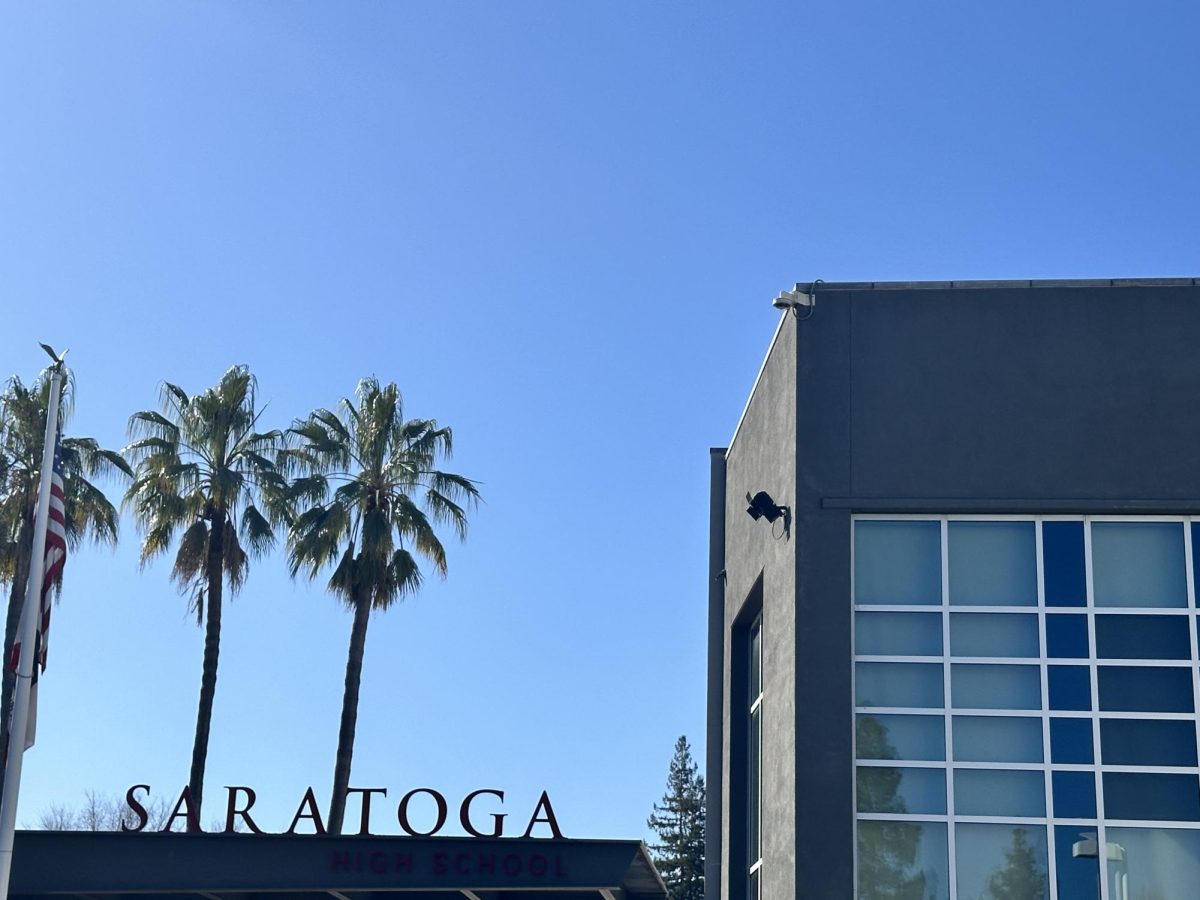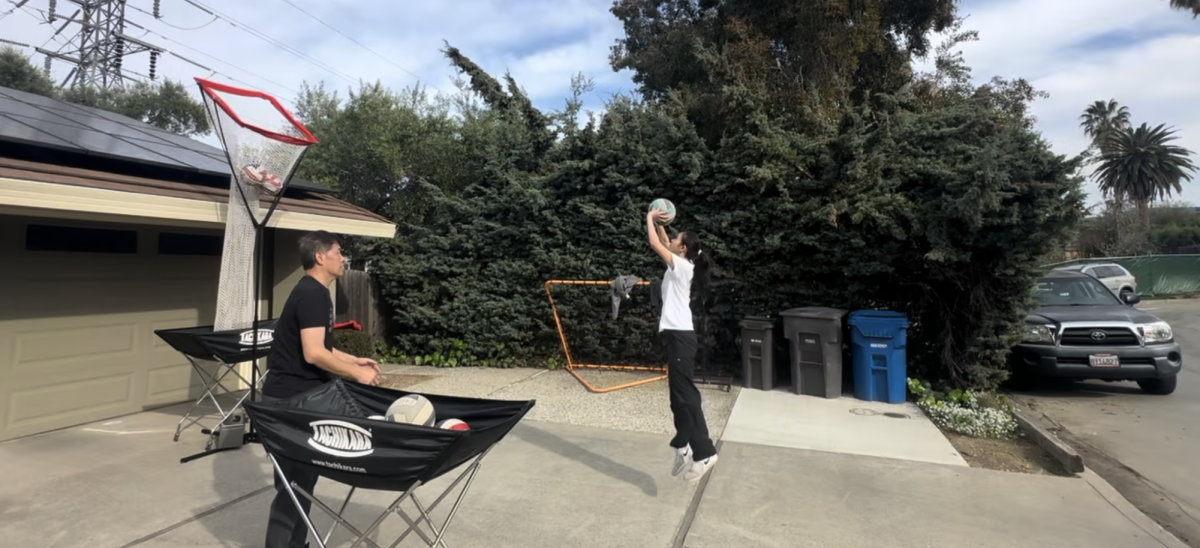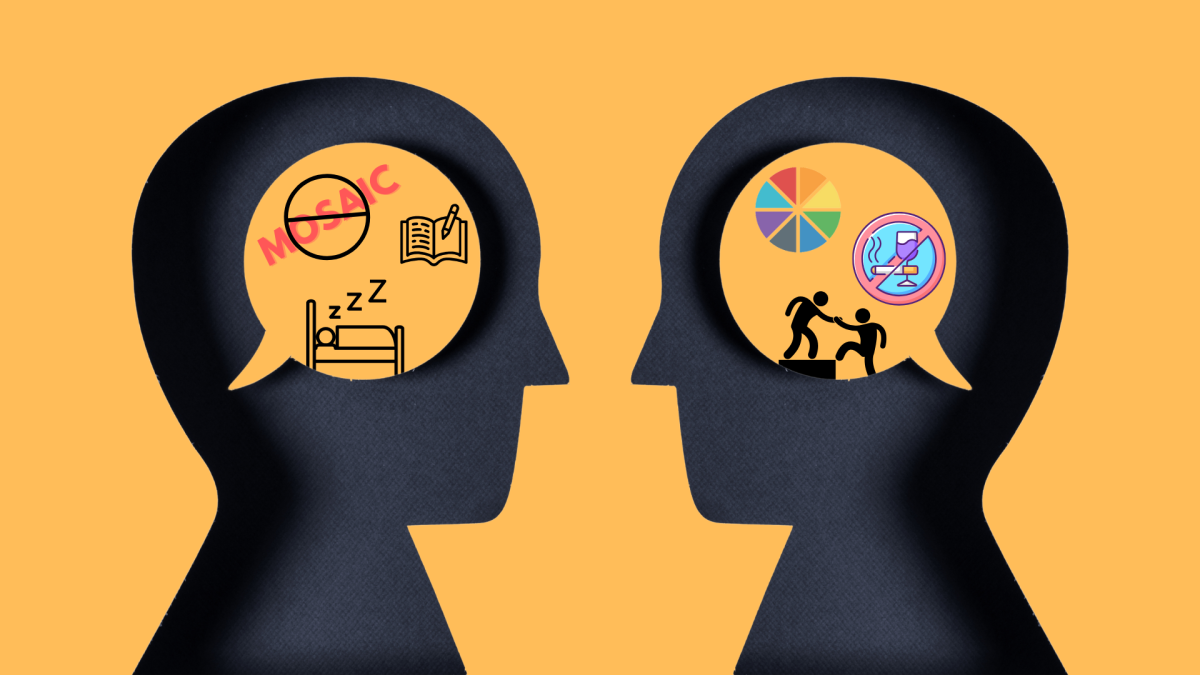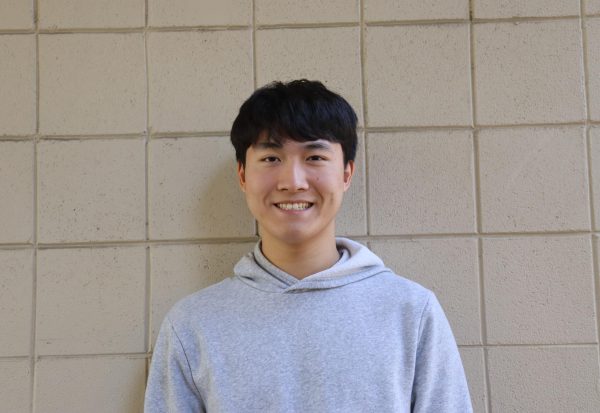One of the most overlooked propositions by the state’s voters is Proposition 2. Prop 2 offers $10 billion in funds to address safety upgrades, expand school infrastructure and enhance air conditioning, heating and other existing issues within public primary and secondary education institutions statewide.
Supporters claim that these investments are essential for modernizing schools built decades ago, improving health and safety and providing equitable funding to under-resourced districts. Meanwhile, opponents argue that repaying these bonds will ultimately cost taxpayers about $18 billion over 35 years, when adding in the interest, making the long-term debt burdens in the state worse when school statewide enrollment is already declining.
Despite the opposing voices, I believe Prop 2 offers a proactive approach to provide students with both better facilities and technologies to support both health and academic success.
One of the most compelling reasons to support Prop 2 is that it addresses critical health and safety concerns that affect students’ well-being at school. Many schools in California have outdated facilities with poor conditions, including poor ventilation, high lead levels in water and inadequate air conditioning, which can affect students’ physical health and mental focus when at school.
The proposition proposes funding for the repair of these fundamental issues, especially improvements in air filtration systems, which is essential given California’s worsening climate conditions and frequent wildfires. Investing in these upgrades will ensure that schools become safer spaces that protect young children and staff from health risks associated with outdated infrastructure.
In addition to safety, Prop 2 focuses on ensuring equitable access to high-quality educational facilities, especially for schools in underserved communities. By expanding the eligibility criteria for financial hardship grants, the measure targets additional resources to districts with fewer financial means. This aspect of Prop 2 ensures that disadvantaged regions, which often lack self-funding infrastructure projects, can receive a larger portion of state funds. Ultimately, Prop 2’s emphasis on funding equity helps bridge the gap in facility quality between wealthier and lower-income areas, fostering a more inclusive public education system, especially in primary and secondary schools.
Furthermore, by investing in infrastructure, Prop 2 lays the groundwork for future-focused learning spaces that support modern education needs. These enhancements will enable California’s educational infrastructures to stay competitive, preparing students early on with skills essential for today’s technology-driven market. Improving physical facilities can also play a role in teacher retention: Well-maintained schools can help attract and keep quality educators, who often put safety and comfortable environments to work into consideration.
While some critics argue that the $10 billion in bonds and interest repayments create new, unwanted financial burdens, the long-term benefits of fostering a safer environment for future generations outweigh these costs. When divided over the 35-year repayment period, the annual cost is a smart investment in the future of California’s public education.
Supporting Prop 2 means voting for an equitable, safe and future-oriented education system in California. By addressing critical needs in infrastructure and making up for the lack of resources in underfunded schools, Prop 2 stands as a commitment to the quality and safety of the state’s public education system.




























